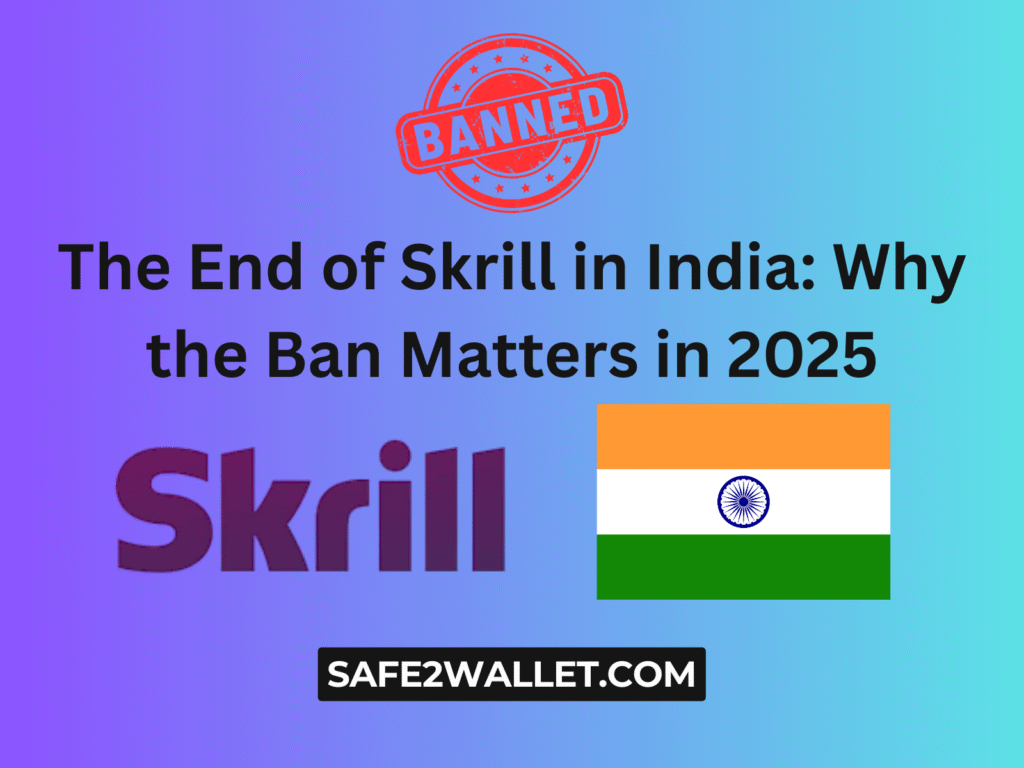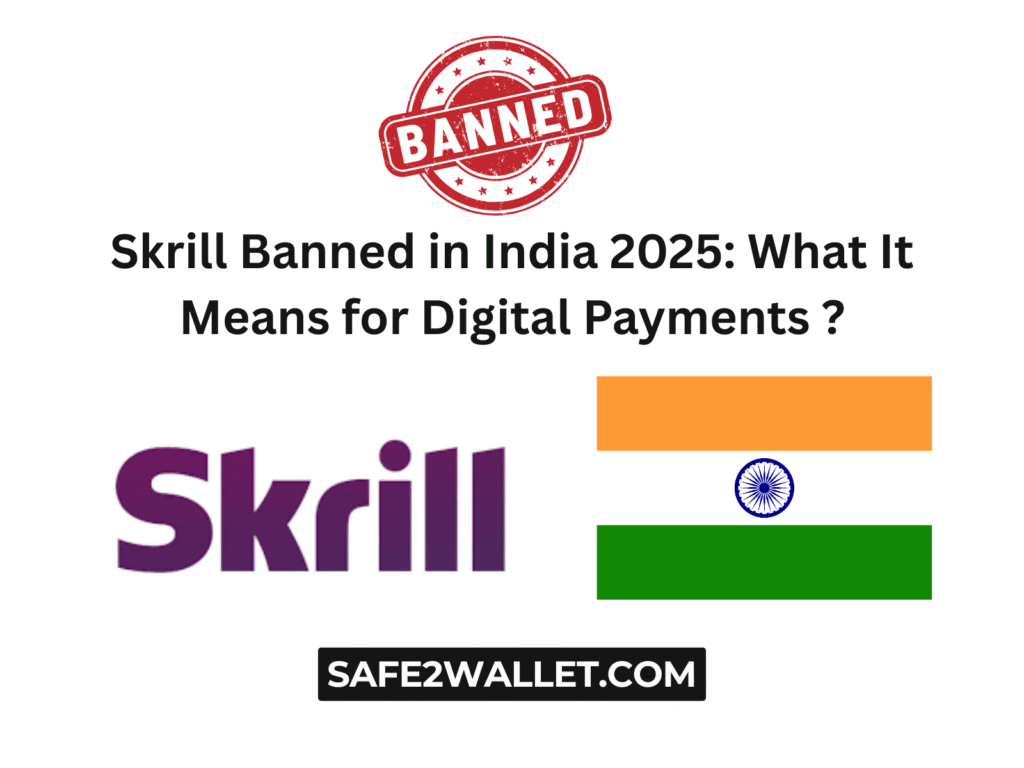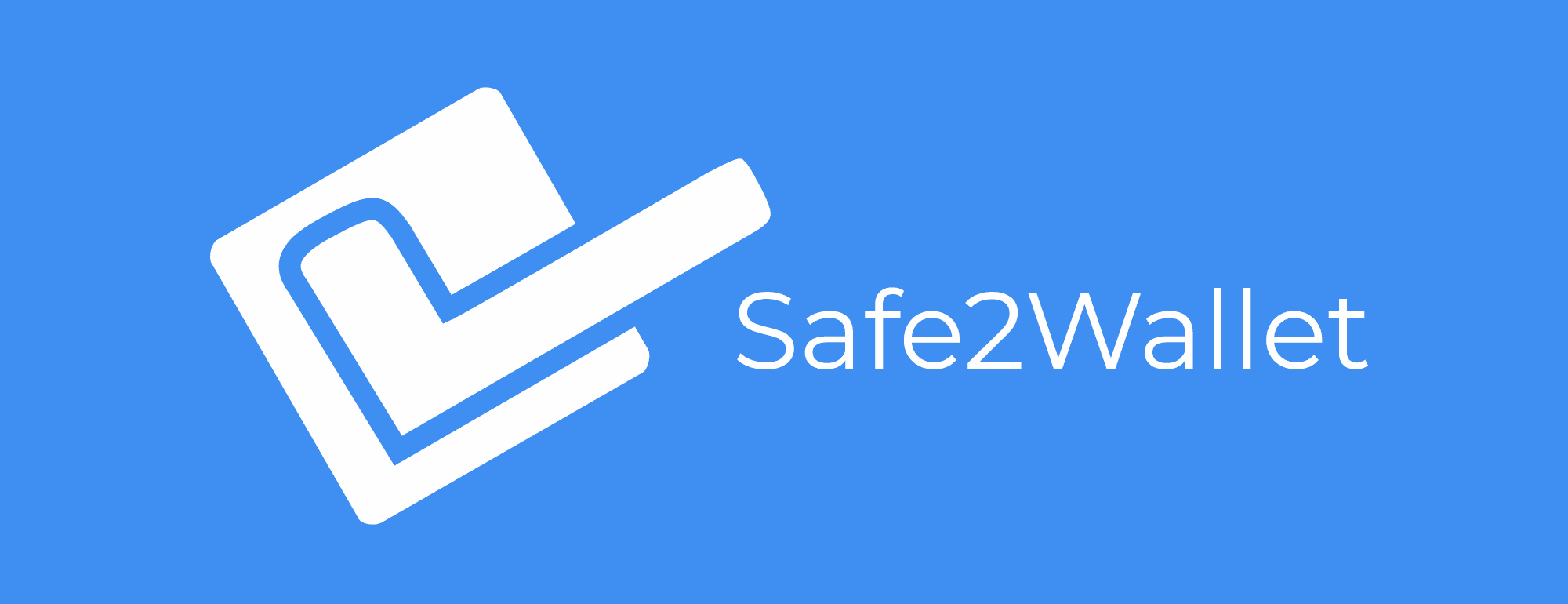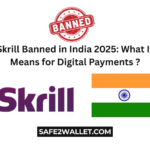
The End of Skrill in India: Why the Ban Matters in 2025
Introduction
The year 2025 was the one when India adopted a risky move to End of Skrill as one of the most well-known online payment platforms. Popular for its ease of use as well as its accessibility Skrill has earned its place in the payments landscape. However the decision to stop Skrill in India signifies a more radical change in the nation’s policy towards financial regulation. The move, though unwelcome for many, has the potential for significant consequences for both businesses and consumers as well as the digital payment industry in general. But what was the motivation behind this decision and what implications does it have to the development of electronic transactions in India?
What Led to the Ban?
End of Skrill in India wasn’t an isolated event. It’s part of a broader wave of regulatory crackdowns on digital payment platforms operating in the country. It’s part of a wider trend wherein the Indian government is tightening its control over international digital payment platforms. The reasons behind this decision vary and at the root of the matter is the desire of the government to ensure security, safety and integrity of transactions that take place in the country.
- Regulations Issues: Skrill, like many other payment services in the world had a difficult time meeting India’s changing financial regulations. In recent years, the Reserve Bank of India (RBI) has become more strict about the way that digital payment platforms operate, End of Skrill especially in relation to data security and anti-money laundering measures.
- Concerns over Data Security: As the use of digital payment systems increases in India as well, also comes the need for secure security systems. Skrill did not meet the requirements for data security set by the Indian government, and this played a key role in its demise.
- The impact in Cross-Border Payments: India has been a long-time victim of the ease at the transfer of money across borders via platforms such as Skrill. The government sought to curb money laundering as well as ensure that digital transactions are strictly monitored within its authority.
What Does the Ban Mean for Indian Consumers?
for the many millions of Indians who were using End of Skrill to pay for a range of transactions such as online shopping to international remittances, this decision is a huge blow. Many people relied on Skrill to make seamless cross-border transactions particularly in fields such as online gaming, digital freelance work and even investing in cryptocurrency.
- Uncomfortable for existing users End of Skrill deportation of the Indian market has a negative impact on both professional and personal financial transactions. Users who had a habit of sending money abroad or paying for foreign services will need to look for alternative platforms.
- The loss of access in International Markets There are many Indian freelancers and small-scale business owners have used Skrill to accept payments from foreign clients. Since the ban was imposed and the resulting restrictions, they must shift to other platforms such as PayPal, Wise, or even cryptocurrency options.
The Ripple Effect on E-Commerce and Businesses
The ban also affects companies, particularly e-commerce stores and international sellers who used End of Skrill as their principal way of paying. For a lot of small and medium-sized companies (SMEs), Skrill was an affordable and simple payment method to manage international transactions.
- Business disruptions: Indian businesses dealing with international suppliers or clients through Skrill will need to adjust quickly. The search for alternatives is likely to result in more reliance on local payment processors like Razorpay or Instamojo.
- Problems to International E-Commerce for global online platforms that rely on Skrill to make transaction with Indian customers The ban is an issue. In the absence of Skrill is likely to force businesses to adopt local payment services or look into other payment gateways that are international.

End of Skrill Alternatives to Skrill: What Can Indian Users Do?
Although the ban on Skrill might seem like a setback, there’s numerous alternatives for Indian business and consumers to investigate. Platforms such as PayPal, Google Pay, PhonePe and others have been operating for years in India. Indian market, providing global payment methods that are in line with local laws.
- PayPal: the most instant choice to Skrill users. PayPal’s international reach as well as security capabilities make it an excellent alternative.
- Wise (Formerly TransferWise): Known for its exchange rates that are competitive, Wise is a great alternative for transactions that cross borders particularly for freelancers and small businesses.
- Local Paying Platforms The Indian digital payment ecosystem is flourishing and includes solutions such as Razorpay, Paytm, and PhonePe that offer fast and safe local transactions. While they don’t offer the same international access as Skrill but these platforms are fast growing and may fill the gap.
The Future of Digital Payments in India: A Growing Trend of Regulation End of Skrill
The ban on Skrill marks a significant turning point in India’s evolving digital payments sector. This decision reflects a broader trend of tightening regulatory measures aimed at overseeing international financial platforms. As India strengthens its digital payment infrastructure, such moves highlight the growing need for compliance and security, reshaping the way global financial services operate within the country.
- The Government’s Focus on Fintech Regulations Indian financial regulators will likely continue to enforce stricter regulations regarding foreign digital payment systems. Businesses that plan to establish operations in India should now make sure that they are in compliance with these regulations or risk being banned in the future.
- The rise of Local Fintech: While international platforms such as Skrill are facing difficulties in India local solutions are gaining popularity. India’s fintech industry is expanding rapidly, and has new solutions that cater to both international and domestic customers.
- Blockchain and Digital Currency Blockchain and Digital Currency: It is believed that the Indian government has expressed an interest in pursuing digital currency that could also alter how digital payment transactions are conducted. The restriction on Skrill could help to encourage the development the country’s Blockchain-based solution as well as digital wallets.
Conclusion
The End of Skrilll in India could be seen as an inconvenience however it’s a part of a larger trend to tighten financial regulations in this digital age. The decision is part of the government’s determination to ensure security as well as transparency and compliance in the digital economy. Businesses and consumers alike this ban serves as an alarm to be ready to the ever-changing environment.
Although it could be a challenge for the short-term however, the rapid growth of local fintech solutions as well as international payment options opens up opportunities for those who are willing to accept changes. The digital payment market in India is rapidly evolving, and over time this could lead to an improved and secure financial market.
FAQs
It indicates a trend toward more regulation, promoting the development of local fintech solutions as well as safe digital payment systems.
Is End of Skrill forever outlawed within India?
It is true that Skrill is permanently outlawed in India for non-compliance to local regulations on financial transactions.
What other options are there for End of Skrill ?
PayPal, Wise, and local payment services such as Razorpay as well as Paytm are great alternatives.
Are businesses likely to face problems because of it?
Yes, especially small companies and freelancers who rely on international payments via Skrill will require a quick change to different platforms.
What was the reason for the Indian government decide to End of Skrill?
The decision was prompted by concerns about data security as well as regulatory compliance issues. the need for a better supervision on financial transactions.
What is this going to means for the digital payment future?











